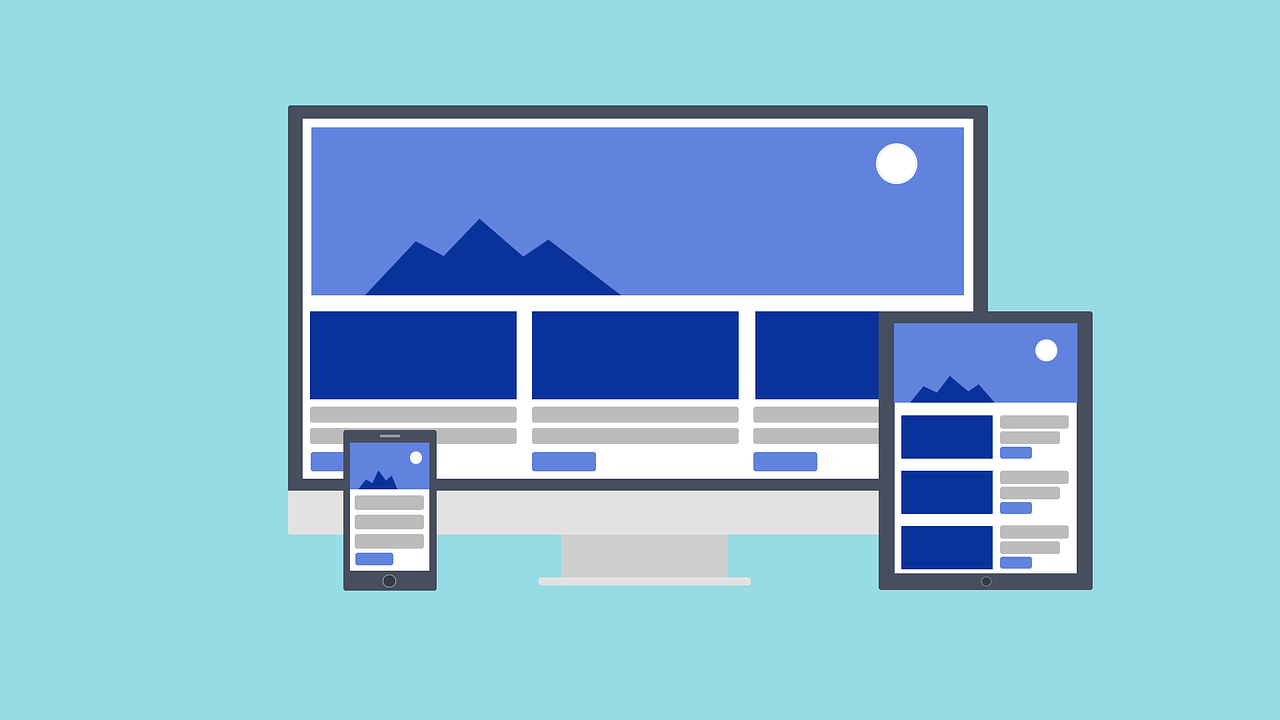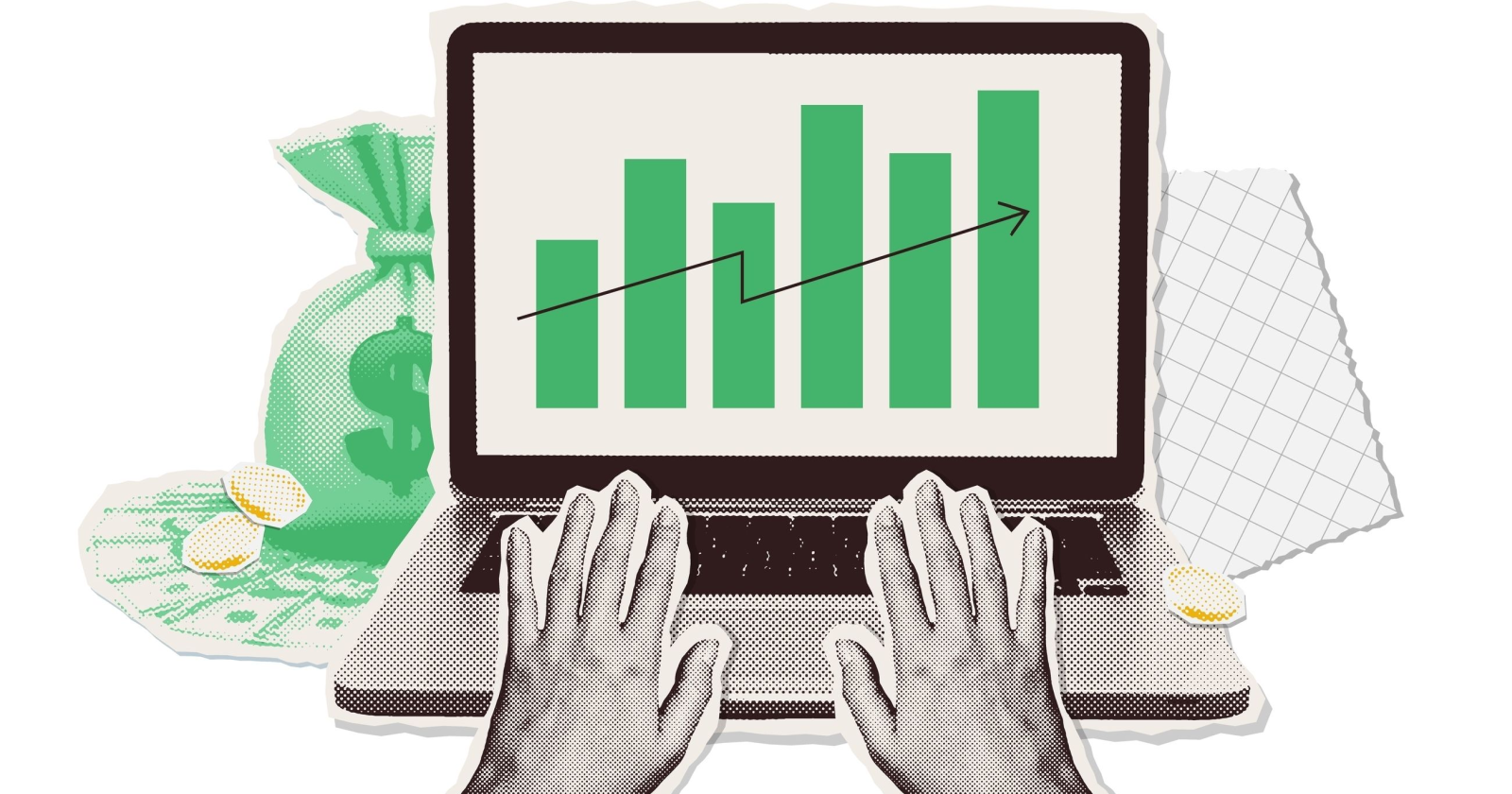UI/UX Trends in 2024: What’s In and What’s Out
The world of digital design is in a constant state of evolution, and as we approach 2024, new trends and technologies are shaping the landscape of user interface (UI) and user experience (UX). These elements are critical in determining...

The world of digital design is in a constant state of evolution, and as we approach 2024, new trends and technologies are shaping the landscape of user interface (UI) and user experience (UX). These elements are critical in determining how users interact with digital products, making them central to success in the tech industry.
In the upcoming year, we anticipate a significant shift in design principles and approaches, influenced by emerging technologies and changing user behaviors. This blog aims to explore and analyze the most prominent UI/UX trends that are expected to dominate 2024. By understanding and adapting to these trends, designers and developers can create exceptional digital experiences that captivate users and drive business growth.
In-demand UI/UX Trends for 2024
Dark Mode and Low-light Interfaces
Dark mode has rapidly gained traction due to its aesthetic appeal and potential benefits for reducing eye strain and conserving device battery life, especially for OLED screens. In 2024, we foresee a broader adoption of dark mode and low-light interfaces across various applications and websites. This design trend not only caters to users who prefer a sleek, dark aesthetic but also enhances readability in low-light environments.
Implementing dark mode necessitates a carefully curated color palette, considering contrast ratios and legibility. Striking the right balance ensures an enjoyable user experience while maintaining the application’s visual appeal.
3D and Immersive Experiences
The integration of three-dimensional (3D) elements into UI/UX design is set to make a significant mark in 2024. 3D graphics and animations can revolutionize user engagement and interactivity, providing a more immersive and visually stimulating experience. Whether it’s interactive product displays or gaming interfaces, incorporating 3D elements can captivate users and set applications apart in the competitive digital landscape.
This trend aligns with the increasing availability and accessibility of powerful hardware and technologies that support 3D rendering. Designers can leverage this trend to create captivating user interfaces that stand out and enhance the overall user experience.
Minimalistic and Clutter-free Design
Minimalism remains a timeless trend in UI/UX design, and it’s poised to be a dominant force in 2024. Minimalistic design focuses on simplicity, clarity, and essential elements, offering users a clean and efficient interface. By removing unnecessary clutter, users can easily navigate and comprehend the content, leading to improved user satisfaction and task completion rates.
Designers will emphasize the use of ample white space, crisp typography, and a limited color palette to convey messages effectively. The key is to provide a seamless user experience with an uncluttered and visually appealing design.
Voice User Interface (VUI) and Conversational UI
Voice User Interface (VUI) and Conversational UI are gaining momentum with the proliferation of smart devices and virtual assistants. VUI enables users to interact with applications through voice commands, while conversational UI focuses on a natural, chat-like interface. This trend is driven by the convenience and efficiency it offers, allowing users to accomplish tasks through voice interactions seamlessly.
In 2024, we can expect more applications integrating VUI and conversational UI to provide intuitive and user-friendly experiences. Designers will focus on creating conversational flows that mirror human interaction, making the user feel engaged and understood.
Inclusivity and Accessibility in Design
Inclusivity and accessibility in design are no longer optional but imperative. Designers are increasingly recognizing the importance of creating digital experiences that cater to a diverse audience, including individuals with disabilities. In 2024, this trend will see a further push, ensuring that digital products are usable and navigable by everyone, regardless of their abilities or disabilities.
Designers will prioritize features like readable fonts, adequate color contrast, keyboard navigation, and screen reader compatibility. A more inclusive approach to design not only enhances the user experience but also aligns with ethical and legal considerations.
Augmented Reality (AR) and Virtual Reality (VR) Integration
The integration of Augmented Reality (AR) and Virtual Reality (VR) into UI/UX design is set to revolutionize user experiences. AR overlays digital content in the real world, enhancing interactions and providing a more engaging experience. On the other hand, VR immerses users in a simulated environment, creating a fully interactive and immersive experience.
In 2024, we’ll witness increased adoption of AR and VR in various applications, from retail and education to healthcare and entertainment. Designers will focus on creating seamless transitions between the real and virtual worlds, providing users with a captivating and interactive interface.
Emerging Technologies Shaping UI/UX in 2024
AI-powered Design and Personalization
Artificial Intelligence (AI) is set to play a pivotal role in UI/UX design in 2024. AI algorithms can analyze vast amounts of data to derive valuable insights into user behavior, preferences, and patterns. Designers can utilize this data to tailor user interfaces, personalize experiences, and anticipate user needs, creating a more intuitive and engaging journey for each individual.
AI can automate repetitive design tasks, allowing designers to focus on higher-level creativity and innovation. Through AI-powered chatbots and virtual assistants, applications can provide immediate and personalized assistance to users, enhancing overall satisfaction and usability.
Blockchain for Enhancing Security and Trust
Blockchain technology is gaining prominence in UI/UX design for its potential to enhance security and establish trust in digital interactions. By providing a decentralized and immutable ledger, blockchain can secure sensitive user data, transactions, and interactions within applications. This fosters trust and confidence among users, a critical aspect in today’s data-driven world.
Designers will focus on incorporating blockchain elements into the UI to communicate security and transparency effectively. Users can verify the authenticity of information, transactions, and actions, promoting a safer and more trustworthy digital experience.
Progressive Web Apps (PWAs) for Seamless Experiences
Progressive Web Apps (PWAs) are poised to become a cornerstone of UI/UX design in 2024. These web applications offer a seamless and app-like experience directly through web browsers, eliminating the need for downloads and installations. PWAs are fast, reliable, and responsive, providing an exceptional user experience across various devices and network conditions.
Designers will optimize PWAs to prioritize speed, smooth navigation, and engaging interfaces. The ability to work offline and offer push notifications allows for a more immersive and interactive experience, blurring the lines between web and traditional applications.
Edge Computing for Faster Loading and Responsiveness
Edge computing, with its decentralized data processing approach, will significantly impact UI/UX in 2024. By moving computational tasks closer to the user (at the edge of the network), applications can achieve faster loading times and increased responsiveness. This is particularly crucial for delivering a seamless user experience, especially in real-time applications.
Designers will need to consider the distributed nature of edge computing when designing UIs, optimizing for reduced latency and smooth transitions. A well-designed UI, in harmony with edge computing, can deliver lightning-fast interactions and significantly enhance user satisfaction.
Future Outlook: Predictions for UI/UX Beyond 2024
Speculations on How UI/UX May Evolve in the Coming Years
The future of UI/UX design beyond 2024 is intriguing and promises radical transformations. One of the key aspects is Neurodesign, where the understanding of brain responses and behavior will be integrated into design principles. Designers will leverage neuroscience to craft experiences that align with how our brains perceive and process information.
Moreover, Biofeedback Interfaces are expected to emerge, allowing applications to adapt and personalize experiences based on the user’s physiological responses. Devices will measure biometrics, such as heart rate and stress levels, to optimize the interface in real time, providing a truly personalized user experience.
Another exciting trend is the rise of Emotionally Intelligent Interfaces, where AI algorithms will analyze facial expressions, tone of voice, and other cues to understand user emotions. The interface will then adjust in response, aiming to create a more empathetic and supportive interaction.
Anticipated Technological Advancements Influencing Design
Technological advancements will be a driving force in shaping UI/UX beyond 2024. 5G Technology will play a crucial role, ensuring faster and more reliable internet connections. This will facilitate the seamless integration of complex elements like AR, VR, and high-definition media into applications, enriching the user experience.
Internet of Things (IoT) will also have a significant impact. UI/UX will extend beyond screens to encompass a user’s environment, with interconnected devices providing a cohesive and integrated experience. Designers will need to envision interfaces that seamlessly blend the digital and physical worlds.
Furthermore, the evolution of Natural Language Processing (NLP) and Generative Adversarial Networks (GANs) will enable highly dynamic and personalized content creation. UIs will adapt in real time based on user interactions and preferences, creating an individualized journey for every user.
In conclusion, the future of UI/UX design holds immense potential, with a focus on human-centered, technology-driven, and emotionally intelligent interfaces. Designers must stay at the forefront of these technological advancements to craft compelling experiences that cater to the evolving needs and expectations of users.

 Tekef
Tekef 



























![Are You Still Optimizing for Rankings? AI Search May Not Care. [Webinar] via @sejournal, @hethr_campbell](https://www.searchenginejournal.com/wp-content/uploads/2025/06/1-1-307.png)




